Canada History Week: Spotlight on Sports (Part 2)
Canadians are sports enthusiasts. They have long engaged in leisure pursuits, competing at all levels and developing game-changing innovations. To mark the Year of Sport in Canada and as part of Canada History Week, the Museum is highlighting Canadian contributions to the world of sport and play through key artifacts from our collection. In part one of this blog post, we looked at artifacts linked to the history of hockey, curling and golf. In this second post, we focus on horse racing, lacrosse and snowshoeing.
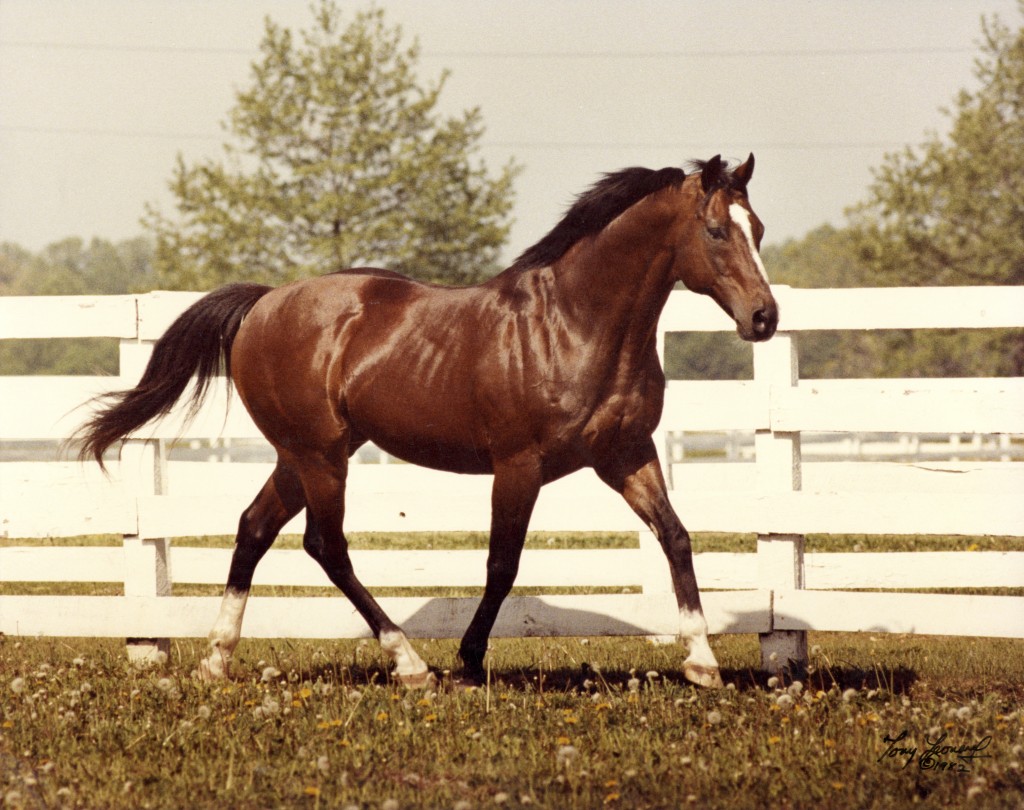
Northern Dancer. Canadian Museum of History, IMG2013-0159-0002-Dm
Northern Dancer is a Canadian sports icon. In 1964 he was the first Canadian-bred horse to win the Kentucky Derby, earning him the title Athlete of the Year and enormous support from Canadians. That same year, Northern Dancer won the Queen’s Plate at Toronto’s Woodbine Racetrack. After winning this trophy, he retired from racing, but would go on to become the greatest thoroughbred sire of the 20th century. Canadian business magnate E. P. Taylor ran Windfields Farm, the Oshawa-based thoroughbred-breeding and racehorse stable starting in the 1950s, and he is widely credited with strengthening the entire Canadian racing system. In 2013, the Canadian Museum of History acquired the Windfields Farm collection, which includes the Queen’s Plate trophy.
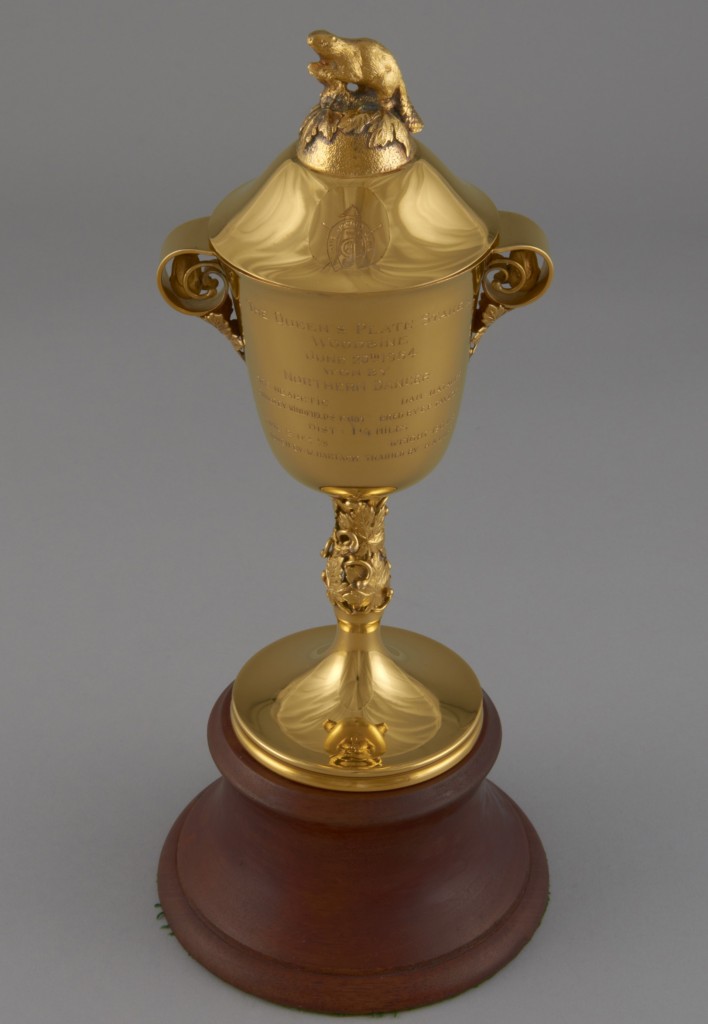
Queen’s Plate trophy, 1964, won by Northern Dancer, Toronto, Ontario. Canadian Museum of History, 2012.127.2 a-b
Fun fact: Established in 1860, the original prize for the Queen’s Plate was indeed a plate. It is now a gold trophy and a purple purse containing 50 sovereigns.
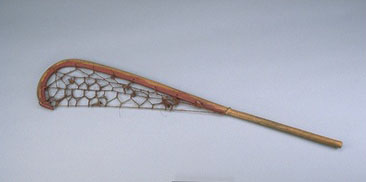
Iroquois lacrosse stick, around 1900. Made and used by William Bigbone, collected by Marius Barbeau. Canadian Museum of History, III-I-553
Closely linked to Aboriginal cultures, lacrosse is one of Canada’s national sports. Europeans marvelled at the skill and athleticism needed for the game, which in Aboriginal cultures had a ceremonial significance. In British North America, Iroquois lacrosse matches were particularly observed at Caughnawaga and St. Regis. Europeans did not play the game until the 1840s, but by the 1860s the game had taken off among Montréal athletes, encouraged by George W. Beers, who codified the rules in his book on lacrosse, published in 1869.
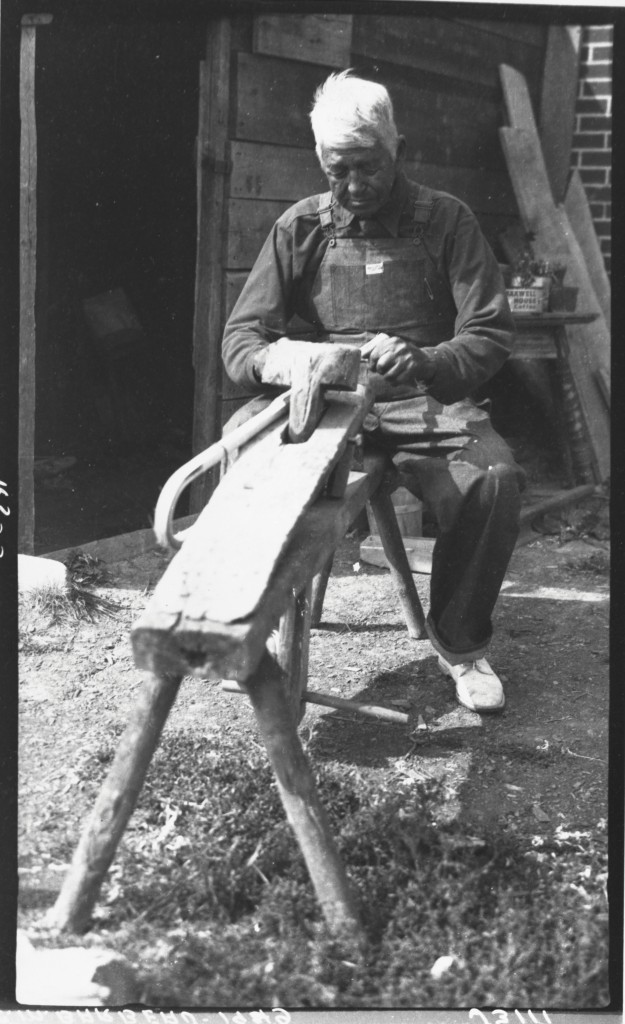
Sandy Johnson making a lacrosse stick, Six Nations Reserve, Ontario, 1949. Canadian Museum of History Archives, Marius Barbeau Fonds, J3111
Fun fact: The game of lacrosse gets its name from the European missionaries who first witnessed the sport, called “la crosse” because of its resemblance to the bishop’s crozier or staff.
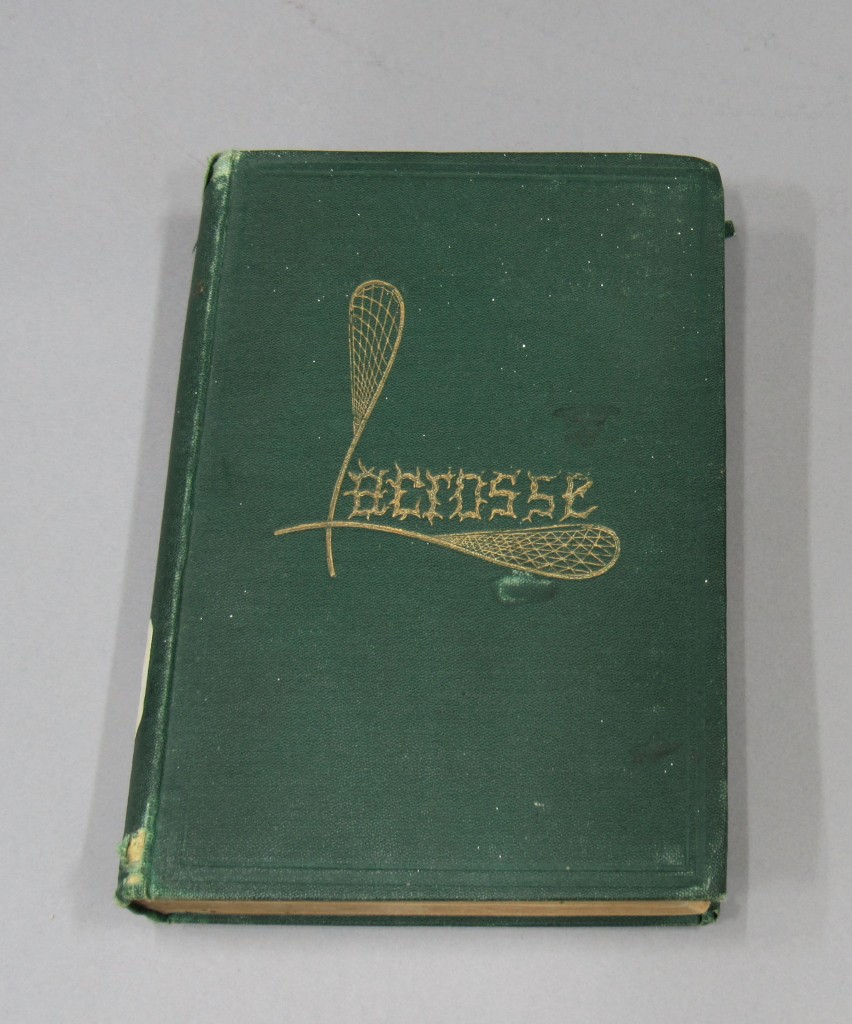
Lacrosse: The National Game of Canada, 1869, written by William George Beers, published in Montreal. Canadian Museum of History Library, RARE GV 989 B3 1869
The Montreal Snowshoe Club was founded in 1840, launching organized sport in Canada. Its members were known as the “Tuques Bleues.” Their outfits were modelled on those of traditional French Canadian trappers, and their equipment and techniques were influenced by Aboriginal traditions. Tramping and snowshoe racing were common events, usually followed by social activities that included parties, toasting, singing and concerts. Membership in the early organized snowshoe clubs was exclusive.
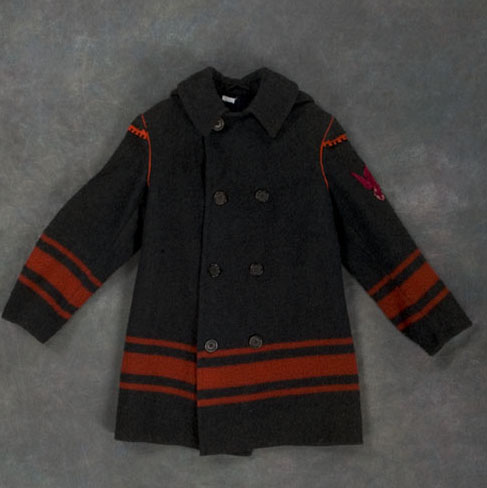
Snowshoeing coat, 1894–1914, Montreal Snow Shoe Club, worn by Fred Duncan Rogers. Canadian Museum of History, A-6005, A-6010, A-6381
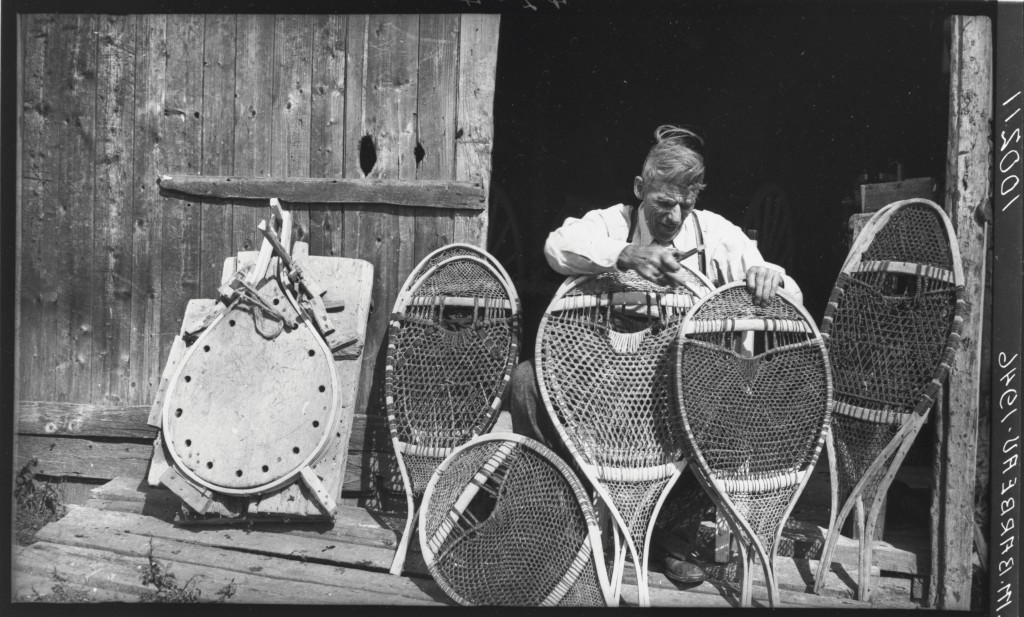
Snowshoe maker Louis Gauthier at his home in Sacré-Coeur, near Tadoussac, Quebec, 1946. Canadian Museum of History Archives, Marius Barbeau Fonds, 100212
Fun fact: The illustration on the lid of this cigar box depicts the “bouncing” of an honoured club member, a ritual extended in 1886 to Lord Stanley, who was later appointed Governor General of Canada.
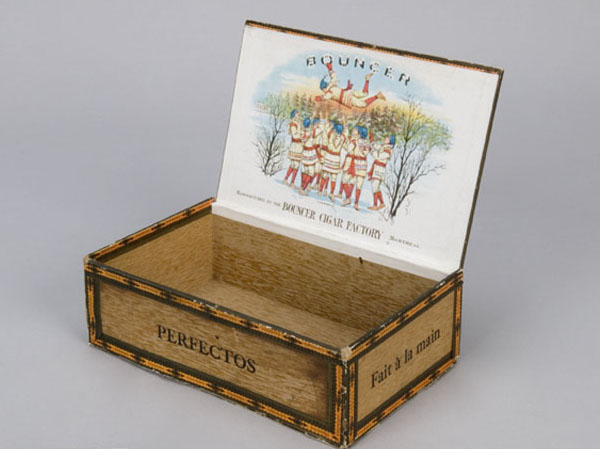
Cigar box, Montreal Snow Shoe Club, Tuques Bleues, Bouncer Cigar Factory, Montreal, 1935–41. Canadian Museum of History 2008.9.1
Do you have a favorite sport or sporting moment in Canadian history?